‘Swan Song’ Doc Offers a Thrilling Peek Behind the Curtain of Ballet Legend Karen Kain’s Farewell Show

Though 'Swan Song' documents Karen Kain's final show (as a director) with the National Ballet of Canada before her retirement last year, the 72-year-old wanted the documentary about it to focus on the ensemble more so than just on her. Photo: Karolina Kuras/Courtesy of National Ballet of Canada
Of all the performing arts, nothing portrays regal elegance on the level of ballet. Royalty is baked into the fairy tales that dominate its classical repertoire and the dancers are arrayed as a courtly hierarchy in wedding-cake layers: the ensemble of the corps de ballet, circling like a synchronized timepiece to the soloists, the principal dancers and, at the summit, the male and female leads. If all goes well, it adds up to an exquisite vision of perfection.
Backstage, it’s another story.
Swan Song, a documentary feature opening in theatres this week (Sept. 29) after its première at the Toronto International Film Festival, presents a thrilling look at the tension, the pain and the politics involved in creating the adventurous production of Swan Lake that Karen Kain directed last year for National Ballet of Canada — a milestone that marked both the 72-year-old Canadian ballet legend’s directing debut and her retirement after a 50-year career with the company as a dancer and artistic director. For the thirtysomething duo behind the film, director Chelsea McMullan and writing partner-producer Sean O’Neill, it would have been easy to just make it the story of Kain’s swan song, a farewell tribute to a ballet legend. But Kain “was definitely not interested in a documentary about her,” says McMullan. “She was really interested in our pitch that this would be an ensemble piece.”
Whittled down from a four-part CBC series airing in November, the film is an anatomy of the creative process as sustained turmoil. The exertion and precision demanded by ballet makes it as much as a sport as an art, and we see how stress, frustration and physical wear and tear cascade through the ranks of the company as they work to perfect something that appears sublime and effortless. The narrative unfolds as an coming-of-age story for all ages, with the focus evenly split among three women spanning three generations: Kain, then-71, is reinventing herself in the third act of her life; Russian Lithuanian Jurgita Dronina, 37, cast as the Swan Odette/Odile, is a prima ballerina at the peak of her career; and Texas-born Shaelynn Estrada, 24, a foot soldier in the all-female corps de ballet, a punk-rock partisan who identifies as queer and dreams of being a principal dancer.
What’s astonishing is how the film elevates Estrada from the ranks and makes her a principal character with equal weight to both Kain, who’s had Swan Lake in her blood ever since it made her star at the age of 19, and Dronina, who’s dancing her ninth original production of Swan Lake after conquering every leading role in ballet’s classical repertoire. A natural actor, Estrada not only steals the movie with her charm, candour and cheeky wit, but she also becomes the face of the film, with her photo on the poster. No one was more surprised than Shae, as she’s known to her friends.
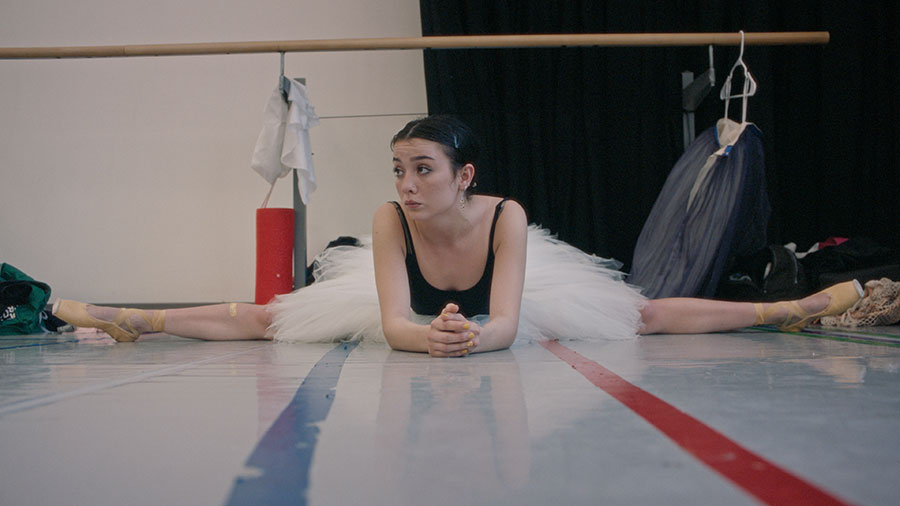
“I just assumed it would be small beans,” she says. “They shot tons of footage. But I thought I would be, like, comedic relief, breaking the tension, because that’s my role in a lot of situations.” She only found out a few weeks before the film’s TIFF première. “Sean and Chelsea called me and they were like, ‘Hey, we just want to let you know that you’re a main character … like, you’re on the poster.’”
None of this would have happened were it not for COVID. “I would have been retired,” says Kain in a joint video interview with Sean O’Neill. “I didn’t retire because the pandemic was there and there wasn’t a new artistic director in place. I worked at home for two years during COVID, figuring out what I could and couldn’t do.”
Meanwhile, the filmmakers made their pitch to Kain on the cusp of the 2020 lockdown, which gave the filmmakers time to finance a complex, highly ambitious production.
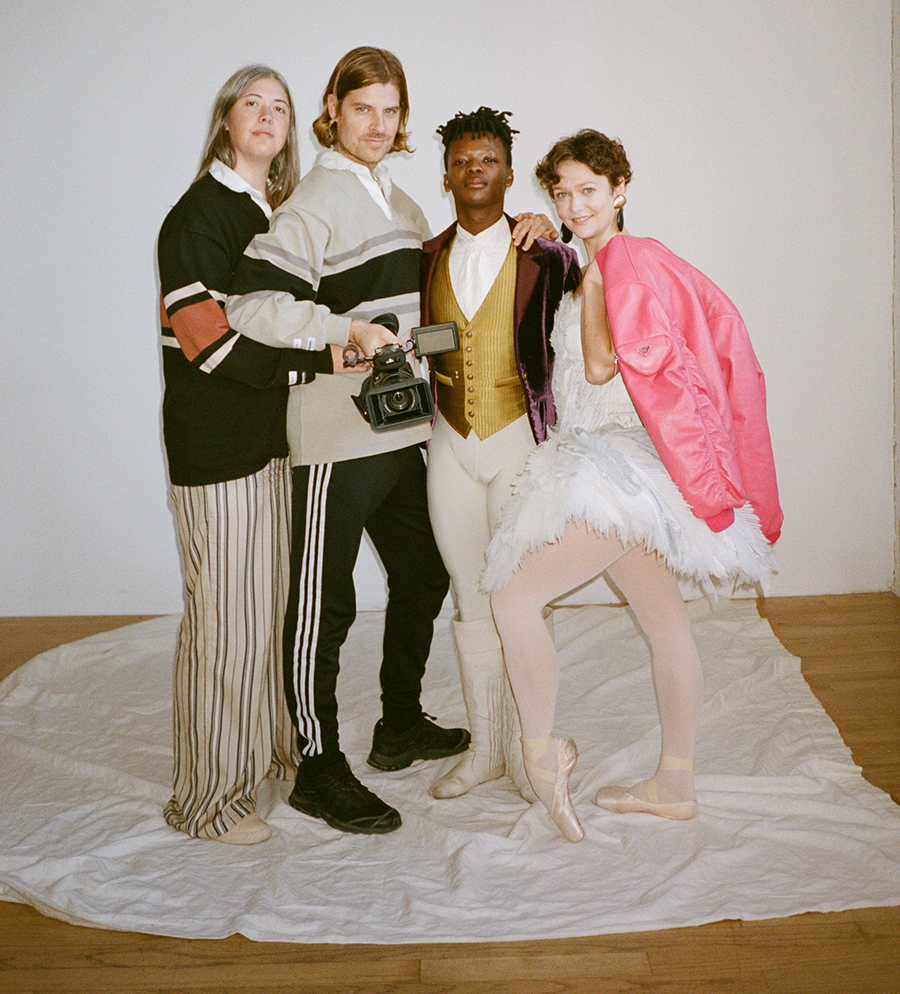
“Chelsea and I wanted to make a big, sprawling project and shoot it a verité style,” say O’Neill. “Very quickly, we started to think it wouldn’t just be about Karen. It would be about all the dancers, about making the production and going into their lives.”
The film crew followed their subjects for almost two years, embedded in their homes, cars and rehearsal rooms. As the dancers raced against the clock to learn new choreography, the filmmakers scrambled to keep up until it was hard to say which production was more chaotic, the ballet or the film. “It was an infinity mirror,” says McMullan, “This is what I was itching to do, real verité — having things unfold — and it was the hardest thing I’ve ever done in my life.”
The fly-on-the-wall coverage of verité shooting is all about waiting for the unexpected to happen. One day it did, when Kain suggested the dancers not wear tights. At first, says O’Neill, “We thought, ’Is this is even a big deal? They wear tights, they don’t wear tights. Who cares?’”
But with her modest proposal, Kain was taking a pickaxe to the imperial foundations of classical ballet: wearing tutus without tights was unheard of. She was aware that some dancers of colour, notably Tene Ward from the corps, felt uncomfortable wearing Swan Lake’s traditional pink tights, which didn’t match their skin. And having seen bare-legged performers in contemporary ballets, Kain says she “noticed how much more beautiful they were, and how much I enjoyed the skin colours because the company is so diverse.”
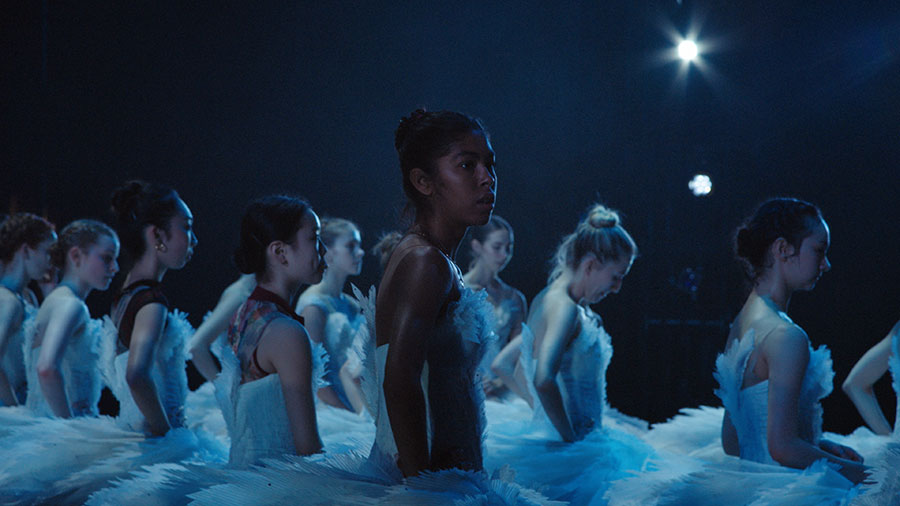
The symbolism of shedding the tights dovetailed with Kain’s goal to put a feminist spin on Swan Lake. “I didn’t want typical ballerina swans,” she says. “They were trapped women, forced to behave like swans by Rothbart [the sorcerer who turns them into birds].”
Some dancers, however, were uncomfortable performing with bare legs, including its star. “I loved Karen’s brave idea,” says Dronina, “and I really tried rehearsing without tights, but it didn’t work for partnering, due to sweaty legs, and pointe shoes ‘melting’ due to sweaty feet.”
While she was allowed to perform in thin tights matching her skin tone, she was “happy to see all the corps de ballet ladies in their own skin, looking harmonious and natural.”
One of them, however, felt especially vulnerable: Shaelynn Estrada, who has extensive scars on her legs from self-cutting.
“I’m not ashamed of them,” she says. “It’s something I went through, and a lot of people go through, regardless of age or whatever. During rehearsals I would always wear tights to make sure they were covered. Because of the way I got them, it’s not always well-taken.” Baring her legs in performance was a scary leap, she adds, “but it helped me get over the fear of exposing my scars. It has had a positive effect on me, and I’m hoping that through the film it has a positive effect on people who have scarring, or look different, or have this otherness about them.”
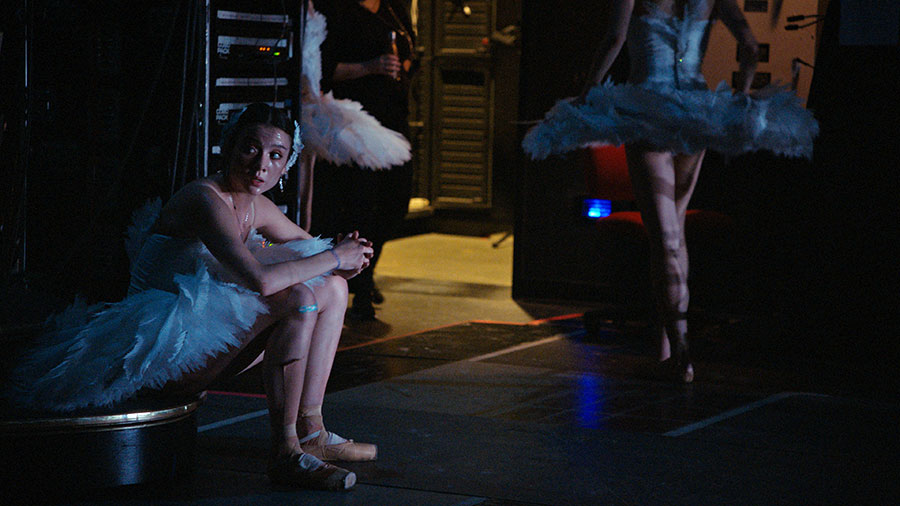
In performance, ballet displays the beauty of the body with a quicksilver precision that looks almost superhuman. But most of the film takes place backstage, an imperfect realm of frayed nerves, insecurity, and ice baths. Everyone is exhausted, especially the corps, who dance the equivalent of a 5K run in the fourth act alone. As Dronina receives an injection for chronic nerve pain on the eve of the première, turmoil reigns right down to the wire.
The filmmakers ran their own gruelling marathon, which didn’t end with the shoot. Editing some 500 hours of footage, says McMullan, “was truly a nightmare.” One that culminated in the “harrowing” puzzle of how to condense a three-hour performance shot with nine cameras into the film’s seven-minute finale. The solution came to O’Neill in a lightbulb moment. “I was sitting in a park in Vancouver, watching the cut on my phone, and I had this realization: This is The Lord of the Rings! It’s like the Battle of Helm’s Deep. A great battle scene zeroes in on the characters so closely you know exactly where they are and what they’re feeling. Once we landed on that, Chelsea and Brendan [Mills, their editor] literally watched the Two Towers’ legendary 40-minute battle scene. And we found it. That’s what you see.”
With its focus on individual passions at the expense of grand compositions, Swan Song may frustrate some ballet purists. But the camera creates its own choreography, an inspirational arc of physical and emotional struggles spanning generations.
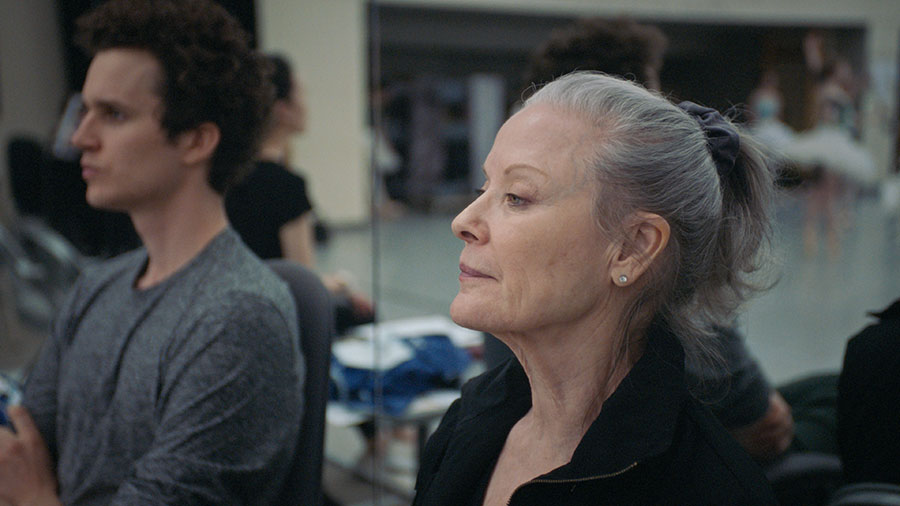
Karen Kain, whose dancer’s body is due for a second hip replacement, felt the weight of years passing as she worked through a pandemic to transform fairy tale swans back into women. Jurgita Dronina danced to new heights between the rhythms of raising a family and bouts of acute pain. And Shaelynn Estrada, a black swan who says “ballet is as punk rock as f––k,” saw her life transformed by simply being herself on camera.
Her prima ballerina dream may yet be a long way off, but she sure can act.
RELATED:
After a COVID Delay, ‘MADDADDAM’ Ballet — Based on Margaret Atwood Trilogy — Set to Première
Canada Post Honours Two Canadian Ballet Legends With New Commemorative Stamps